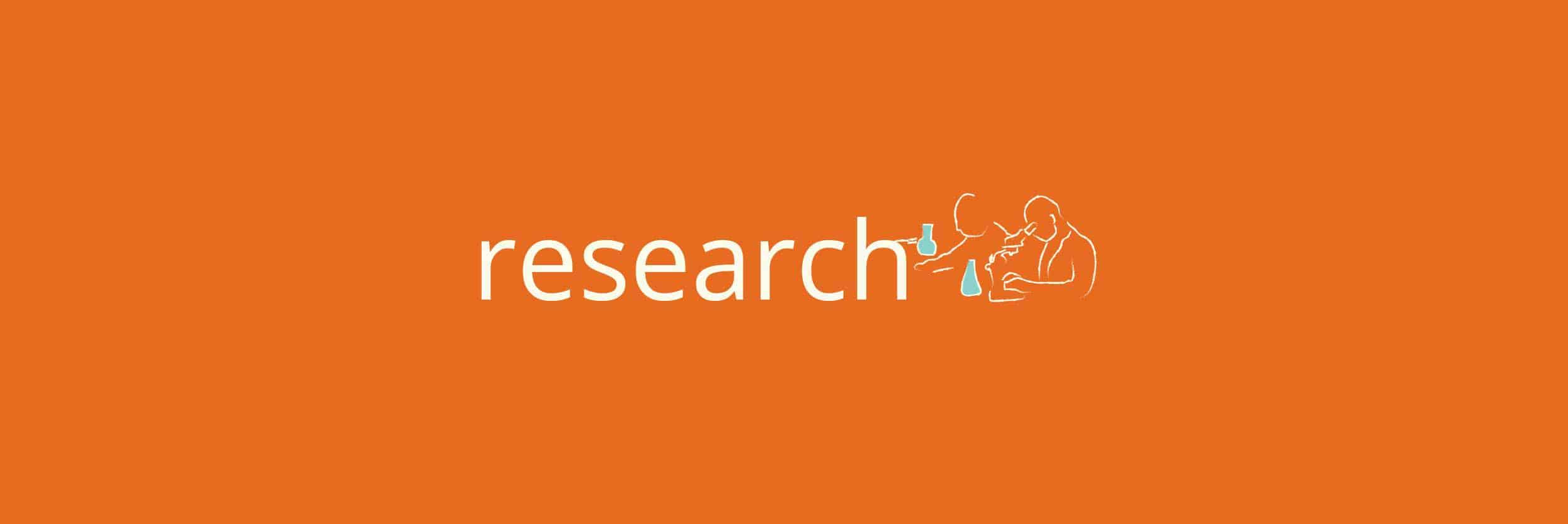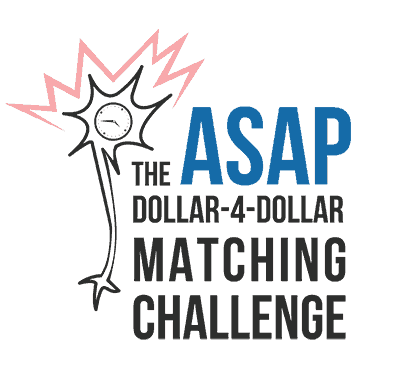Comparison of Relapse and Treatment Failure Rates Among Patients With Neuromyelitis Optica: Multicenter Study of Treatment Efficacy
Mealy et al. published a retrospective study comparing the relapse and treatment failure rates of three immunosuppressants (azathioprine, mycophenolate, and rituximab) used to treat neuromyelitis optica (NMO) or neuromyelitis optica spectrum disorders (NMOSD). People with NMO/NMOSD have attack(s) of optic neuritis, transverse myelitis that extends more than three vertebral lengths, and around 70% of those with NMO are positive for aquaporin 4 antibodies. Patients were included if they had received azathioprine or mycophenolate for at least six months, or rituximab for at least one month, and patients who switched drugs were also included if they met these criteria. The authors defined treatment failure as “any new inflammatory central nervous system event that occurred despite immunosuppressive treatment.” They also defined relapses “as new CNS symptoms and signs that lasted longer than 24 hours with or without an associated new lesion on gadolinium-enhancing magnetic resonance imaging.” They defined treatment regimens as “optimal” or “suboptimal” so that they could see whether treatment failure was because of suboptimal treatment or occurred regardless of optimal treatment. Annualized relapse rates (ARRs) were calculated and included the number of relapses per year. This was an uncontrolled, retrospective study which has significant limitations.
Azathioprine: 32 patients were treated with azathioprine and prednisone. 53% of patients had at least one relapse during treatment. The ARR before treatment was 2.26, but decreased to 0.63 after treatment, which is a reduction of 72.1%.
Mycophenolate: 28 patients were treated with mycophenolate. 36% had at least one relapse during treatment, and 25% on optimal dosing had at least one relapse. Overall, the ARR before treatment was 2.61, but decreased to 0.33 after treatment, a reduction of 87.4%. The ARR before optimal treatment was 2.55, but decreased to to 0.25 after treatment, a reduction of 90.2%. Thirteen patients were also treated with prednisone, but six of the relapses occurred in patients treated with both mycophenolate and prednisone.
Rituximab: 30 patients were treated with rituximab. 33% had at least one relapse during treatment, and 17% of patients on optimal dosing had at least one relapse. Overall, the ARR before treatment was 2.89, but decreased to 0.33 after treatment, a reduction of 88.6%. The ARR before optimal treatment was 3.25, but decreased to 0.20 after treatment, a reduction of 93.9%.
Mixed treatment: 18 patients started on one drug and were switched to another. In 22% of these patients both therapies failed.
All three treatments reduced relapse rates in these NMO patients, but when dosed optimally, and even not optimally, mycophenolate and rituximab decreased the relapse rate more than azathioprine. This finding is supported by another study. The authors stated that rituximab and mycophenolate can be very effective treatments for NMO/SD. They recommend that when mycophenolate treatment fails, these patients should be quickly switched to another drug. They also state that patients who experience treatment failure with two drugs may consider other experimental treatments such as cyclophosphamide, methotrexate or eculizumab.
Original research: Mealy MA, Wingerchuk DM, Palace J, Greenberg BM, Levy M. Comparison of Relapse and Treatment Failure Rates Among Patients With Neuromyelitis Optica: Multicenter Study of Treatment Efficacy. JAMA Neurol. 2014;71(3):324-330.
Support research to understand more about rare neuroimmune disorders! Join SRNA’s ASAP Challenge, a matching fundraising campaign made possible through the generosity of The Madison Charitable Foundation. The ASAP Challenge supports the training of clinician-scientists. You can make a difference by improving quality of patient care and accelerating critical research.






